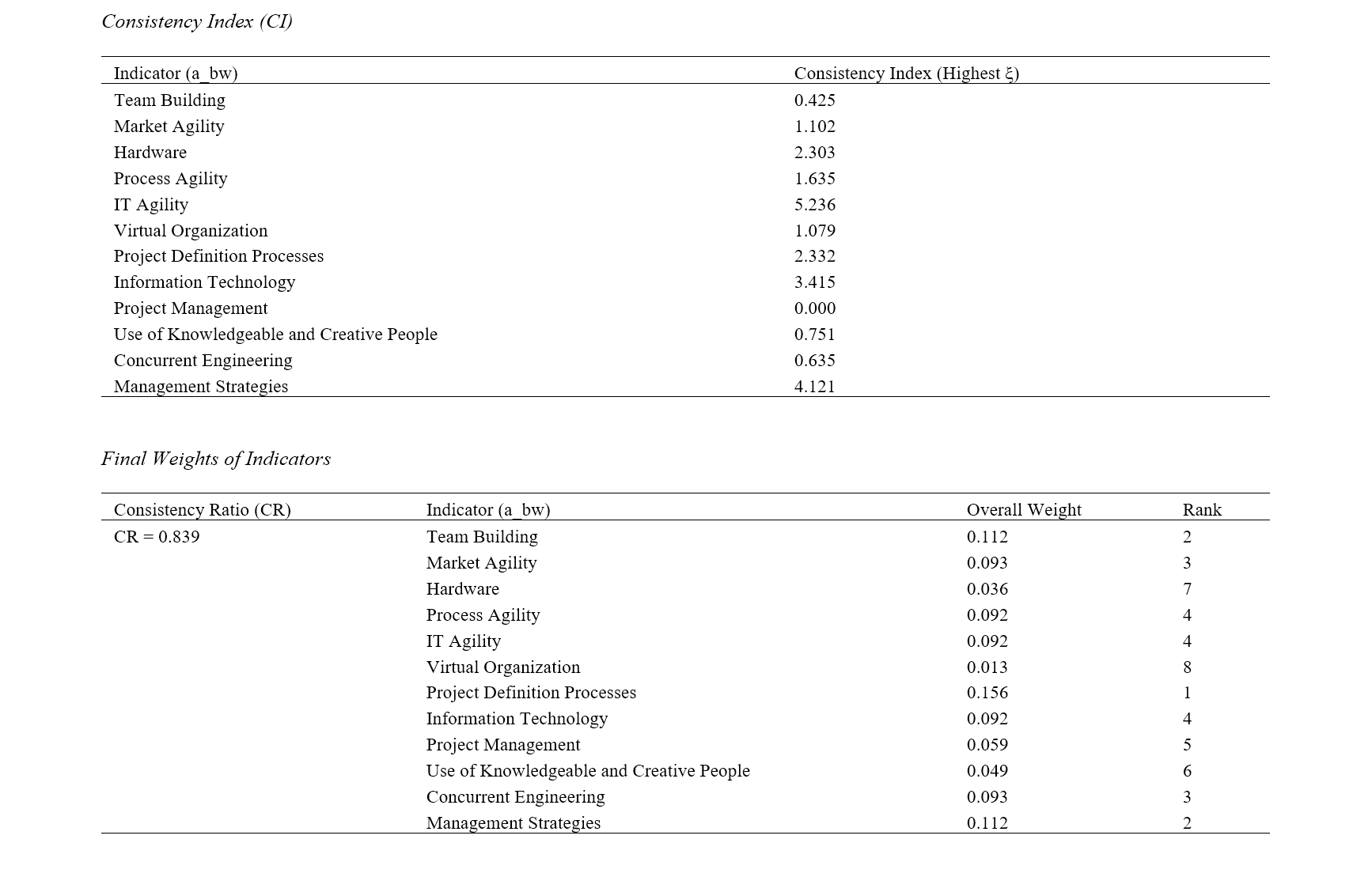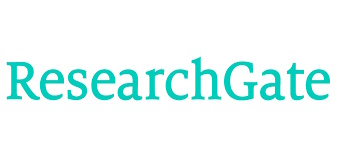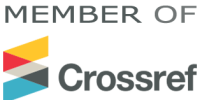The Use of Efficient Decision-Making Techniques for Evaluating Key Success Indicators in Agile Project Management (A Case Study of Mapna Company)
Keywords:
Agile project management, project success, best-worst method, information technology, team buildingAbstract
Agile project management is an iterative and collaborative approach that breaks down larger projects into smaller, manageable tasks called sprints or iterations. This method emphasizes flexibility and allows teams to respond to changing requirements while delivering work products incrementally. By fostering close collaboration and focusing on value delivery, agile project management helps teams effectively respond to challenges and changes throughout the project lifecycle. However, the success of implementing agile management depends on various factors that require intra-organizational and inter-organizational collaboration and coordination. In this regard, twelve variables were used as key success indicators in agile project management for the engineering team of Mapna Company. Using the best-worst method, the results revealed that project definition processes, team building, and management strategies were the most influential indicators. These were followed by market agility and concurrent engineering indicators. It is worth mentioning that process agility, information technology agility, information technology management, the use of knowledgeable and creative individuals, hardware, and virtual organizations had the least impact. In other words, project definition processes were found to be the most important criteria, while virtual organization indicators were found to be the least important in the success of agile project management at Mapna Company.
References
Al Maamzi, J. J., & Tawfik, T. (2022). The effectiveness of agile management on traditional projects within public organizations. IOP Conference Series: Materials Science and EngineeringVL - 1218,
Albuquerque, F., Torres, A. S., & Berssaneti, F. T. (2020). Lean product development and agile project management in the construction industry. Revista De Gestão, 27(2), 135-151. https://doi.org/10.1108/REGE-01-2019-0021
Amini, Rezvani, & Tabasi. (2020). Identifying and Prioritizing Influential Factors on Cost Overruns in the Design and Execution Process of Buildings Using the BWM Method (Case Study: Mashhad). https://sid.ir/paper/409982/fa
Anes, V., Abreu, A., Dias, A., & Calado, J. (2023). A New Approach for Agile Teams' Allocation in Open Innovation Projects. Administrative Sciences, 13(2), 62. https://doi.org/10.3390/admsci13020062
Aref, A. (2022). Prioritizing Agile Project Management Strategies as a Change Management Tool in Construction Projects.
Bibby, L., & Dehe, B. (2018). Defining and assessing industry 4.0 maturity levels-case of the defence sector. Production Planning & Control, 29(12), 1030-1043. https://doi.org/10.1080/09537287.2018.1503355
Fatehi, M., & Kiani, S. (2023). Examining Change Management Models and Their Relationship with Organizational Agility. Fourteenth International Conference on Modern Research in Management, Economics, Accounting, and Banking,
Habibi, M., & Mousavi, S. A. (2023). Examining the Impact of Agile Transformation on Organizational Performance in Government Organizations (Case Study: Management and Planning Organization of Qom Province)T2 - Ninth International Conference on Modern Studies in Management and Accounting in Iran, Tehran.
Hassani Moghadam, S., Mohtadi, M. M., Bazargani, H., & Taheri, A. (2023). A Framework for Managing Agile Work Processes Based on the Concept of "Edge of Chaos".
Leong, J., May Yee, K., Baitsegi, O., Palanisamy, L., & Ramasamy, R. K. (2023). Hybrid project management between traditional software development lifecycle and agile b. https://www.mdpi.com/2071-1050/15/2/1121
Pour Moeini, H. (2023). Advantages of Using Agile Management in Complex Construction Projects. Seventh International Conference on Interdisciplinary Studies in Management and Engineering, Tehran,
Pozzi, R., Rossi, T., & Secchi, R. (2023). Industry 4.0 technologies: critical success factors for implementation and improvements in manufacturing companies. Production Planning & Control, 34(2), 139-158. https://doi.org/10.1080/09537287.2021.1891481
Rasnacis, A., & Berzisa, S. (2017). Method for adaptation and implementation of agile project management methodology. Procedia Computer Science, 104, 43-50. https://doi.org/10.1016/j.procs.2017.01.055
Sharma, P. (2017). Kranti Nation: India and the Fourth Industrial Revolution. Pan Macmillan. https://www.amazon.se/Kranti-Nation-Fourth-Industrial-Revolution/dp/9386215616
Tahanian, H., & Etebari, V. B. (2022). Ranking Agile Factors in Project-Based Organizations Based on Key Success Factors in Project Management and Sustainability Factors Using Two-Step QFD (Case Study: Isfahan Megacity Project). https://journals.iau.ir/article_688088.html
Wagire, A. A., Joshi, R., Rathore, A. P. S., & Jain, R. (2021). Development of maturity model for assessing the implementation of Industry 4.0: learning from theory and practice. Production Planning & Control, 32(8), 603-622. https://doi.org/10.1080/09537287.2020.1744763

Downloads
Published
Submitted
Revised
Accepted
Issue
Section
License
Copyright (c) 2024 Lida Bigdeli

This work is licensed under a Creative Commons Attribution-NonCommercial 4.0 International License.









